Two years ago, I set out to walk the Camino de Santiago, an ancient pilgrimage route in Northern Spain, in pursuit of a doctoral dissertation and healing, not necessarily in that order. In what would end up being among the most poignant experiences of my life, I put my heart, mind, body, and soul through all the rigors that a pilgrimage can offer for six weeks as I made my way from Roncesvalles in the Pyrenees to Santiago de Compostela near the Galician coast.
Rev. Barbara Prose, Anitra Lavanhar, and others will take the same pilgrimage this year. Follow their journey, June 5-19, on All Souls Facebook page and here on the All Souls’ blog, beyondbelief.online.
Here are my 10 lessons I’ve shared with All Souls’ 2018 pilgrims as they have prepared for their journey.
Look up at the beauty around you – at the Camino and at home.
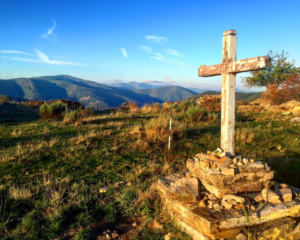 When you’re walking across varied terrain, it’s easy to focus your gaze downward, watching your feet to ensure you don’t miss an inconveniently placed rock and go tumbling to your painful doom. As I walked, I began to realize that I was looking down most of the time-carefully placing my feet, staying abreast of the terrain. Occasionally I would look up and find myself astonished at the beautiful landscapes that I had been too preoccupied to notice while I was focusing on not breaking my ankle. It occurred to me that I did this a lot in my day to day life as well: I would often be so preoccupied with the day-to-day minutiae and the potential, imagined outcomes of my decisions that I forgot to stop and appreciate all the beautiful things that were around me all the time
When you’re walking across varied terrain, it’s easy to focus your gaze downward, watching your feet to ensure you don’t miss an inconveniently placed rock and go tumbling to your painful doom. As I walked, I began to realize that I was looking down most of the time-carefully placing my feet, staying abreast of the terrain. Occasionally I would look up and find myself astonished at the beautiful landscapes that I had been too preoccupied to notice while I was focusing on not breaking my ankle. It occurred to me that I did this a lot in my day to day life as well: I would often be so preoccupied with the day-to-day minutiae and the potential, imagined outcomes of my decisions that I forgot to stop and appreciate all the beautiful things that were around me all the time
You are capable of more than you know
Before this pilgrimage, I had never experienced any kind of real, prolonged pain. Oh, I had had my wisdom teeth removed, which was no picnic. I had fallen on the ice as a kid and gotten a nasty goose egg trying to perfect my triple lutz (or what was more realistically a clumsy jump in the air followed by a quick trip back to the ground head-first) during the winter Olympics of ’88. Did I mention my ice skates were cowboy boots?
At any rate, the thirty-six days I spent walking the Camino were unquestionably the most I had ever asked my body to endure, and while I was no stranger to a treadmill, I was more familiar with a sofa. I didn’t train enough, and apparently, I have bad knees-or I did by roughly my fifth day of walking.
The pain never got better. I graduated from wraps on my knees to more sophisticated hardware, and resigned myself to the fact that I might actually require surgery when I returned home. Pilgrims on the trail recognized me by my hobble. When I finally arrived in Santiago, more than one person admitted that they were shocked I actually made it. And while I was forced to take eight rest days and take a train to make up the difference, and then taxi up and back down a mountain that I knew would be the end of my walk, I did walk into Santiago in my broken and tattered body.
I surprised even myself, and I realized then that I really could do almost anything I set my mind to.
You may not be the fastest pilgrim. And that’s ok.
I was a slow walker. A SLOW walker. Despite the fact that I had a 30-year advantage on most of my fellow pilgrims, I found myself every day getting passed by everyone. One day, I swear to you, I got passed by a blind pilgrim easily in his seventies. The snails on the trail became my friends. We got each other. They had their cargo; I had mine. But despite the slowness of my gait, I kept going. I put aside my pride, and I made it from village to village.
A pilgrimage is not a race, and it really is more about the journey than the destination. And I soaked up every second of my journey, the good and the bad.
There is no shortcut for grief
A lot of people who walk the Camino de Santiago are hurting in some way, and seek healing on the trail. I met pilgrims who had lost partners, siblings, children, and parents. I met pilgrims whose marriages were ending, whose careers had gone off-track, who were unsure where their lives were going, and who simply needed a break.
I lost my mother about a year before I took my Camino, and her death added an unexpected dimension to a pilgrimage I had been planning for three years. No longer simply a social scientist studying the effects of technology on pilgrimage in pursuit of a degree, I was now also another broken-hearted pilgrim looking for some sort of profound healing on this ancient path. In many ways, I found it.
I found catharsis and time with my grief that I had not allowed myself back home, where I had hesitated to be too much of a burden to my loved ones with my pain. On the Camino, I could cry and scream and kick rocks-all of which I did-without shame or fear of social judgment. I had profound experiences with both of my deceased parents on the trail, experiences I will never forget. And yet when I came home, slightly more healed, my grief came with me. Because that’s how grief works. You never stop hurting. You just keep finding ways to deal with your grief, and you try your best to find joy in a new and unfamiliar world.
Even with that said, I still recommend pilgrimage as a path toward healing from profound sorrow. The Western world does not afford us the time and support we need to heal-three days of bereavement from a corporate job is wildly insufficient. A broken heart needs time, peace, and nurturing-and I have yet to find a better space to find all of those things than I found on pilgrimage.
Slow down
Our lives move fast.
Jobs, families, errands, committees, emails, responsibilities-often it seems our lives are little more than one, never-ending to-do list, and that can lead to a sense that we are surviving rather than living, that we are winning if we manage to stay one step ahead of the next anxiety attack.
Walking a pilgrimage forces you to SLOW DOWN.
It offers a reprieve from the constant demands of a hectic life, and gives you space to focus your attention inward. It allows you to take in the beauty of your surroundings-to notice every rock, every snail, the sound of the wind, the crunch of the stones beneath your feet. It allows you to notice the way the landscape slowly changes as you make your way through it, and the colors of the sky as the sun inches its way down at the end of another day. We could all use an opportunity to slow down and step away from the hurried chaos of day-to-day life, and the Camino offered just that. What’s interesting is that once you return home, you bring some of the calm with you. Although you return to the demands of daily life, you return to them with less urgency, and somehow, things manage to get done anyway.
There is a calm that comes from being able to say “I just walked across a country,” and part of that calm results from the ability to put other demands into perspective.
No man (or woman) is an island
 On Camino, you find yourself at the mercy of the trail. No matter your level of preparedness, you will, at some point, find yourself in need. Coming down from the famed Alto de Perdon outside Pamplona on the third day of my Camino, I broke one of my trekking poles. The decline from the top was steep and filled with loose gravel-I had been struggling with two poles, so after the pole snapped, I sat down on the ground, uncertain what to do next.
On Camino, you find yourself at the mercy of the trail. No matter your level of preparedness, you will, at some point, find yourself in need. Coming down from the famed Alto de Perdon outside Pamplona on the third day of my Camino, I broke one of my trekking poles. The decline from the top was steep and filled with loose gravel-I had been struggling with two poles, so after the pole snapped, I sat down on the ground, uncertain what to do next.
A social scientist by trade, I am better with words than mechanics, so I was less than useless at the task of fixing the broken pole. I considered rolling down the mountain, but that seemed unwise. So for a long time, I just sat, surveying my situation and trying to devise a plan. A few pilgrims walked by, assuming I was just taking a break, but before I knew it, two pilgrims from Canada stopped and asked if everything was okay. Explaining my predicament, the gentleman offered to take a look at the broken pole. With some tape from his pack, he was able to get the pole back in working order. Had he not arrived, I might still be sitting on the outskirts of Pamplona, stranded at the top of a mountain.
There is an incredible sense of community on Camino, and everyone takes part in helping one another through their challenging times. It may be a kind word or gesture, skilled assistance, or sound advice, but everyone on the Camino finds themselves at the receiving end of some much-needed help at some point. Such is life. I’ve never been a fan of the concept of the “self-made man.”
No one is entirely self-made. We are the product of mentors, teachers, friends, even strangers or enemies who have shaped us in some way.
I found myself even more grateful after my Camino for those who had helped me, both on the trail and off.
Give what you have
Just as every pilgrim finds himself or herself at some point on the receiving end of some much-needed kindness on the trail, she may also find herself in a position to help.
There is a saying on the trail: “We’re all just walking each other home.”
We are here to be of service to one another, and giving became an important part of the experience on the Camino as well. When a pilgrim from Mexico approached me on the trail and advised he was out of water, I shared mine. When a member of my pilgrim family walked into a village on blistered feet, only to find no available beds in town, she promptly burst into tears, and I promptly went to the tienda and bought her a bottle of wine so we could figure out a plan. In the popular documentary Walking the Camino: 6 Ways to Santiago, an American pilgrim finds grace as a German pilgrim, seeing her struggling, offers to carry her pack for her. We can all be of service to one another, and in fact, if that isn’t the reason we’re here, I don’t know what is.
You don’t need much
When you spend six weeks with nothing but the contents of a backpack, you realize how little you really need in life. A couple of changes of clothes, a first aid kit, a water bottle and eventually two knee braces, and I had just about everything I needed to get myself from one village to the next. When I returned home, I was overwhelmed by the sheer volume of stuff that was in my house, and I found myself purging a lot of it, donating bags upon bags of things I thought I needed. We can become preoccupied with amassing things sometimes, but ultimately, what matters more are the memories we collect, not the possessions.
Beauty is strength
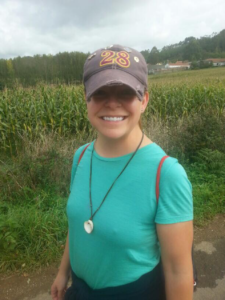 Western women (and men) are under the constant barrage of advertisements designed to make us doubt ourselves and seek solutions in the products being marketed. This wrinkle cream/eyeshadow/shampoo is the secret key that unlocks the door to eternal youth and social acceptance. And it works. According to an article in People magazine, the beauty industry is worth nearly 400 billion dollars.
Western women (and men) are under the constant barrage of advertisements designed to make us doubt ourselves and seek solutions in the products being marketed. This wrinkle cream/eyeshadow/shampoo is the secret key that unlocks the door to eternal youth and social acceptance. And it works. According to an article in People magazine, the beauty industry is worth nearly 400 billion dollars.
On Camino, the beauty standard is different, in that there is no beauty standard.
Everything a pilgrim has must be carried, so non-necessities usually don’t make the cut. The mascara, lipstick, and concealer I used to enhance my appearance at home were now thousands of miles away and just as far from my thoughts-I spent exactly zero seconds worrying about my appearance on pilgrimage, and it was liberating. Not only was I able to get out the door in less than ten minutes every morning, but I also began to see myself differently. Looking at pictures from the trip, there is a strength and serenity that is visible in me, and I began to realize that losing those extra pounds wasn’t the key to feeling beautiful-pursuing joy was.
That thing you’ve always wanted to do – go do it.
I think Ferris Bueller said it best: “Life moves pretty fast. If you don’t stop to look around once in a while, you could miss it.”
There is a great big world out there, and it’s calling out to be explored. Follow the call.
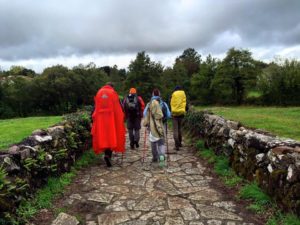
Roni Jackson-Kerr studied the effects of modern technological influences on the Camino de Santiago while earning her PhD from the University of Oklahoma. She is the founder and co-leader of Okies on Camino, a local group dedicated to supporting Tulsans who are interested in learning about and walking the Camino de Santiago.

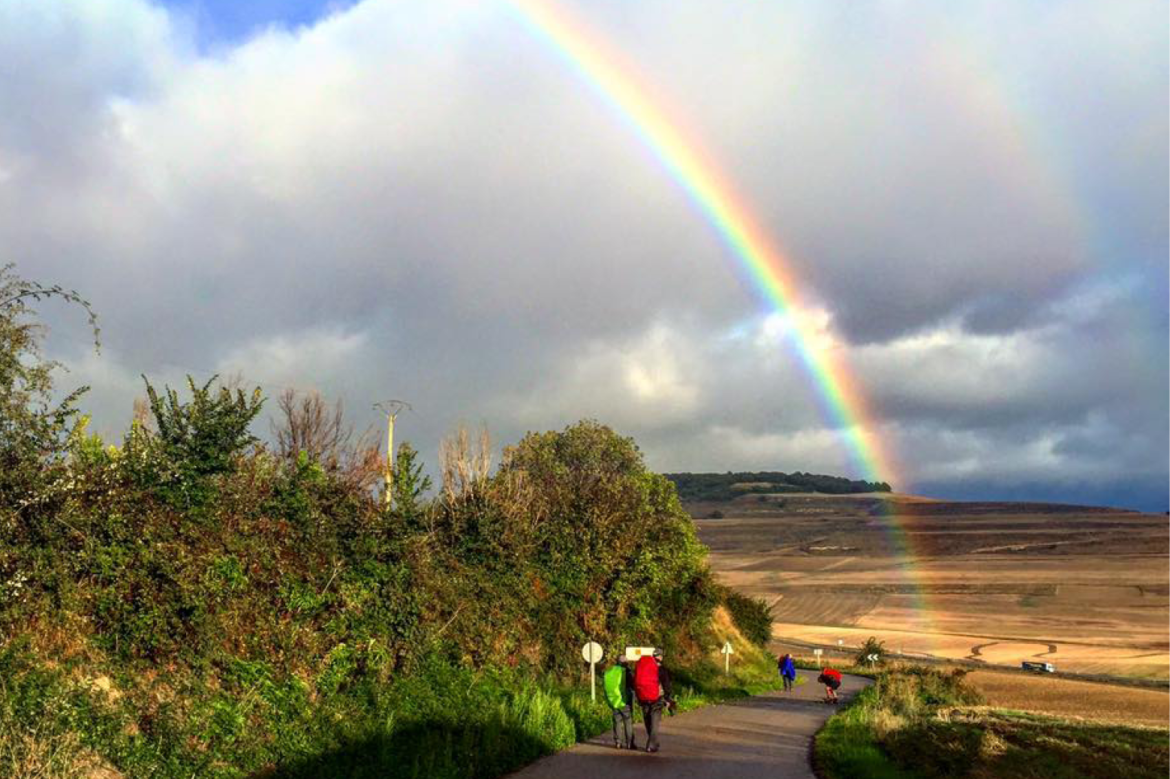





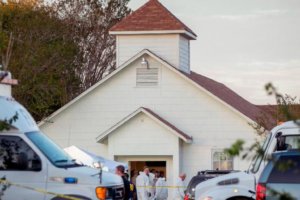

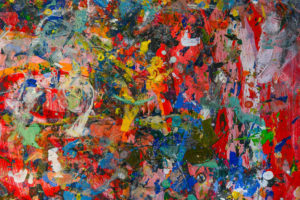
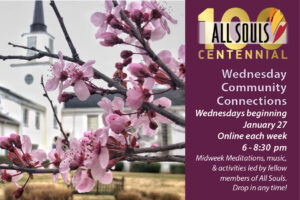
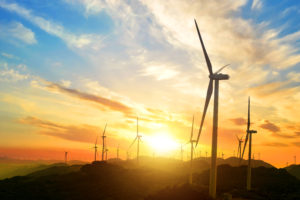



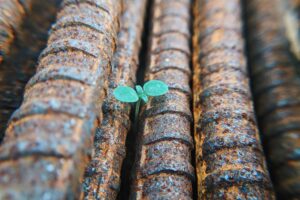



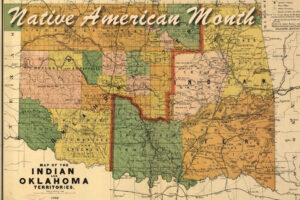



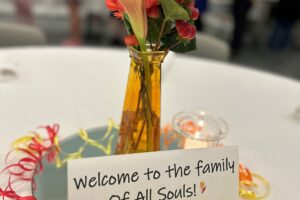



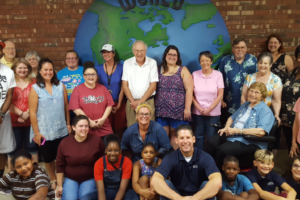
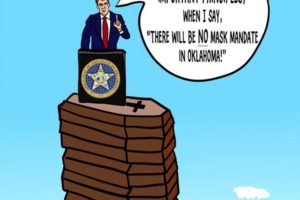
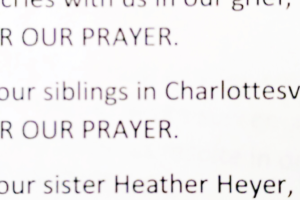


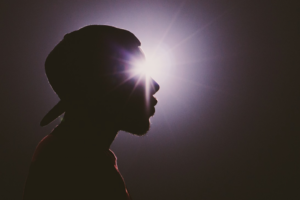



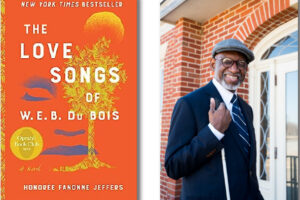
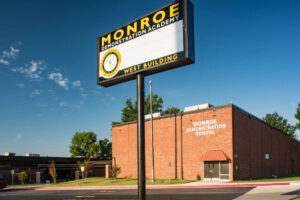

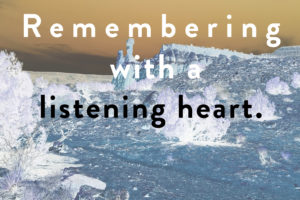
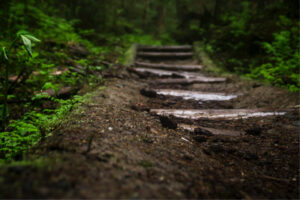
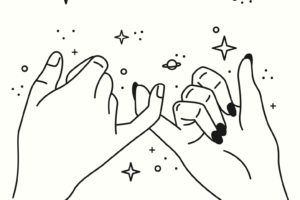
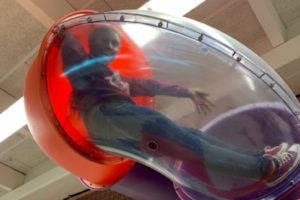


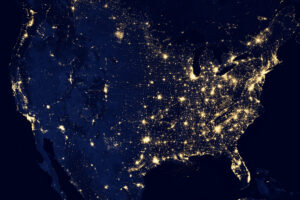
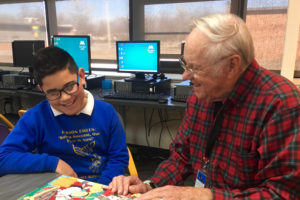

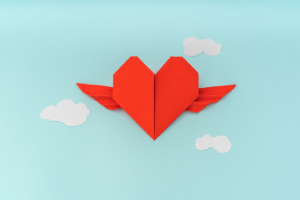









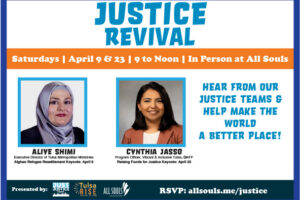
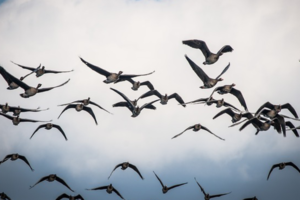

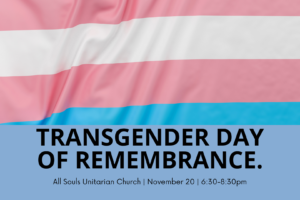


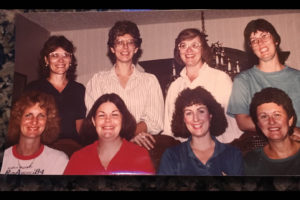



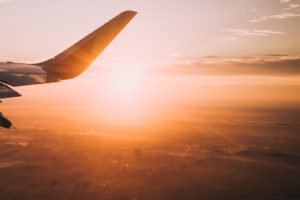
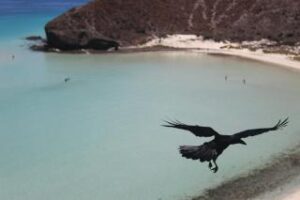
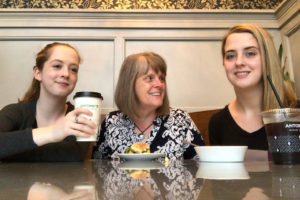
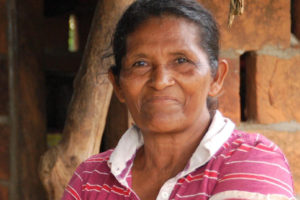
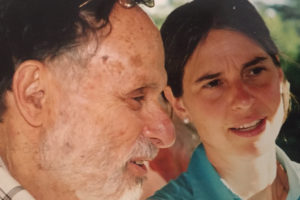
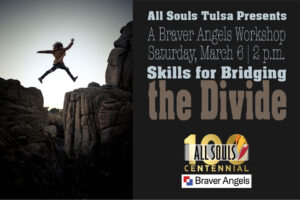

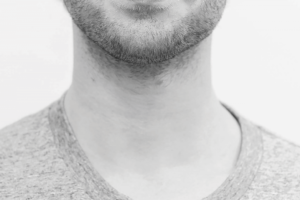
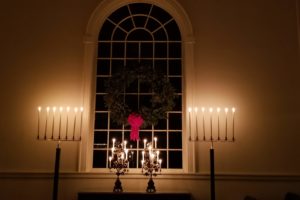

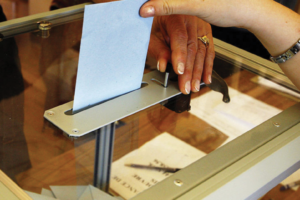
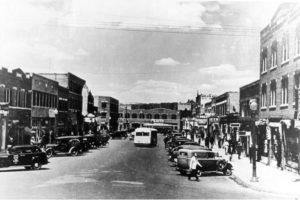
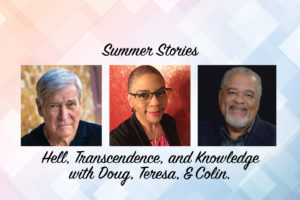


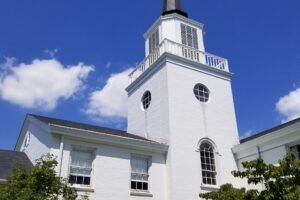
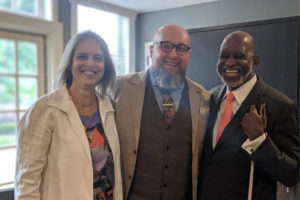

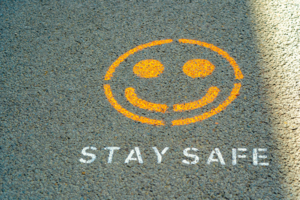
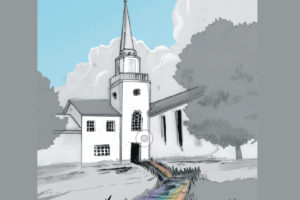



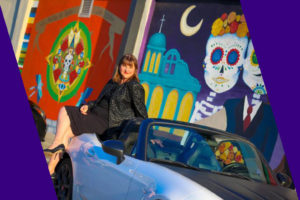

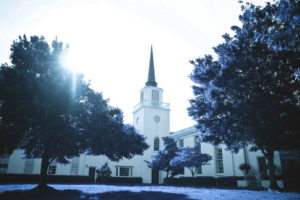
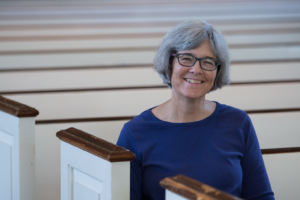


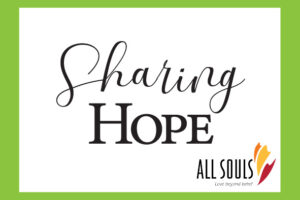
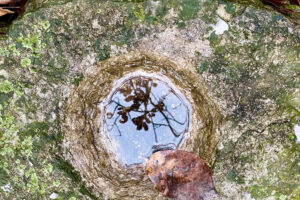

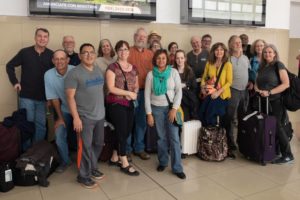
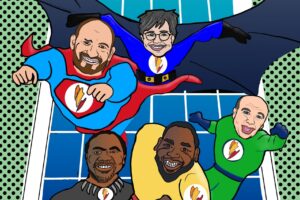
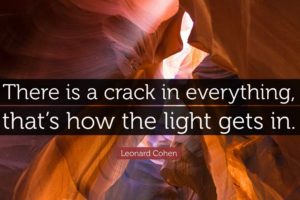
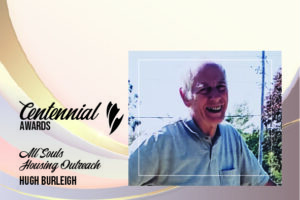
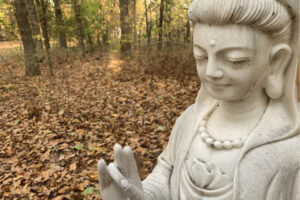





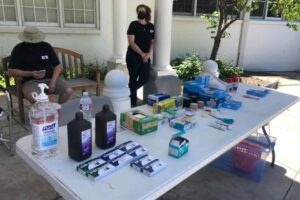

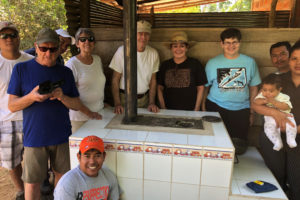
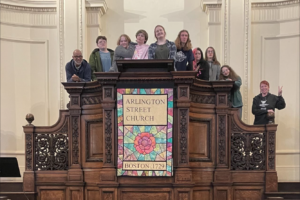
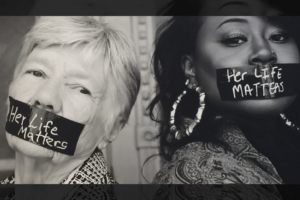
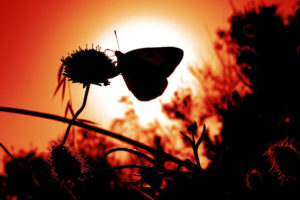
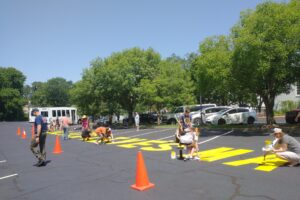
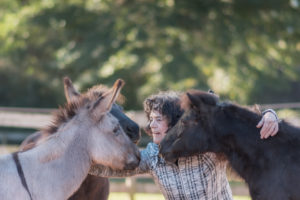


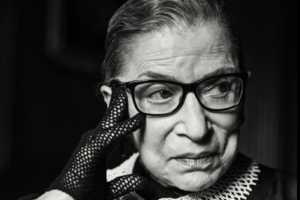
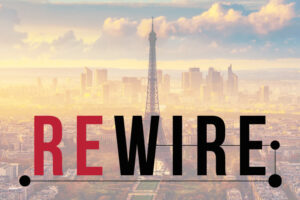
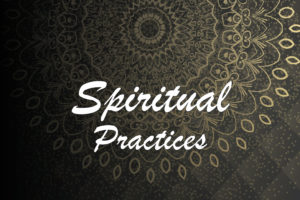


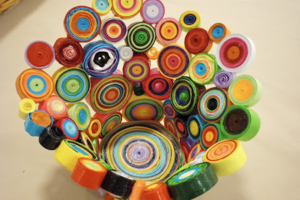
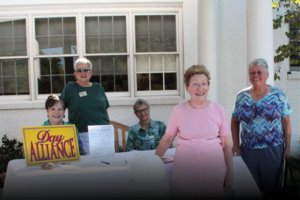
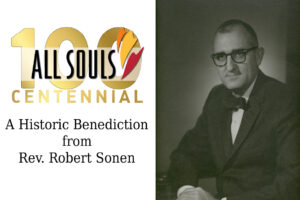

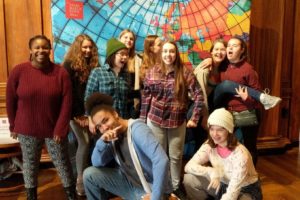



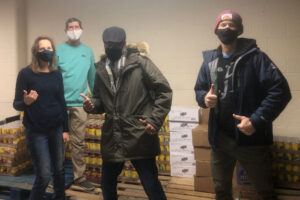
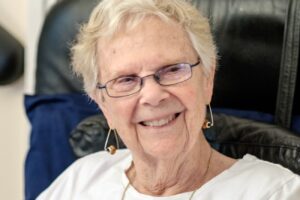
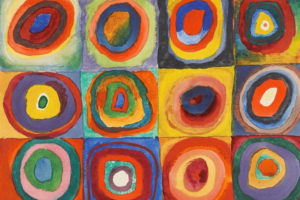



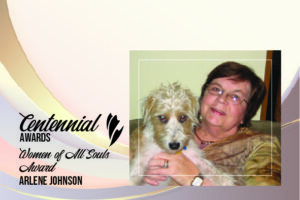
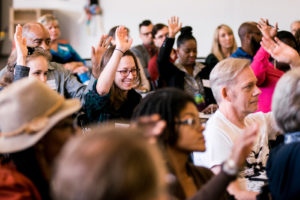
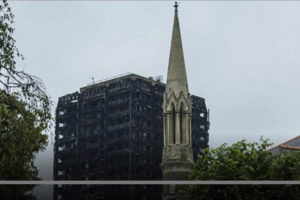
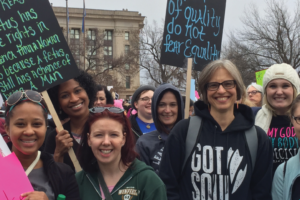






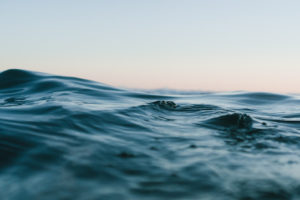

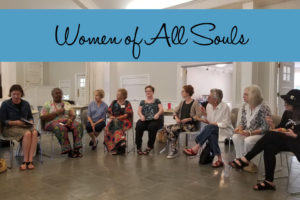



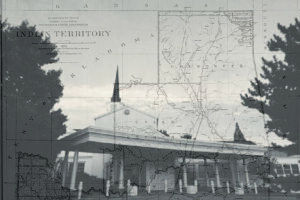





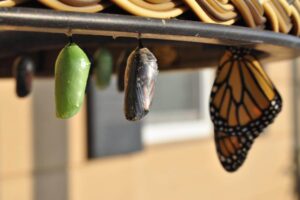








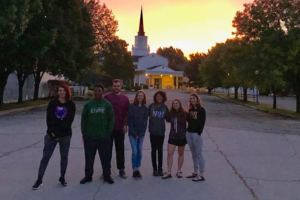
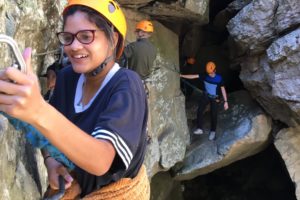
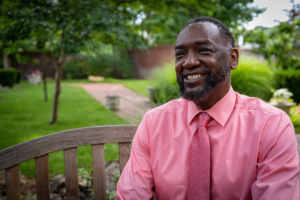
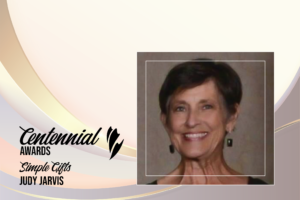
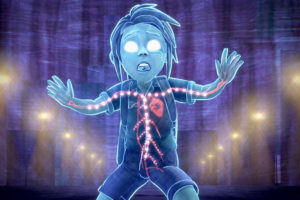
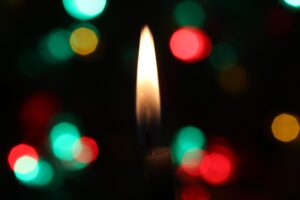
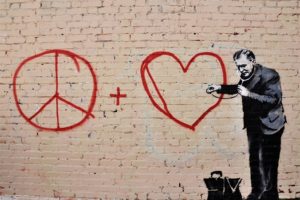

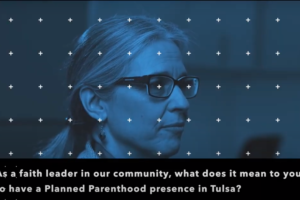

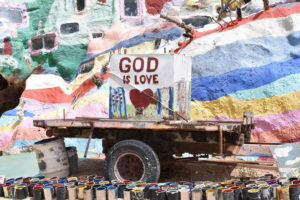
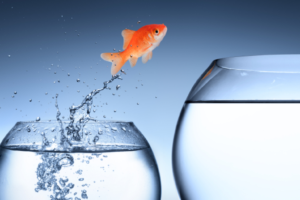


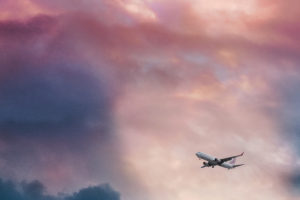



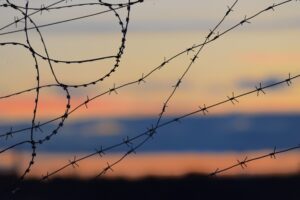



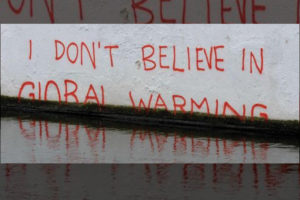







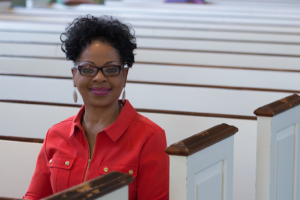



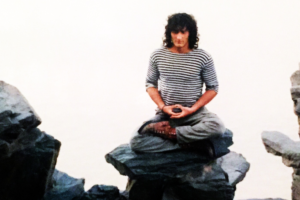

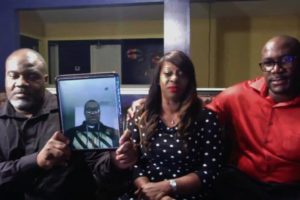
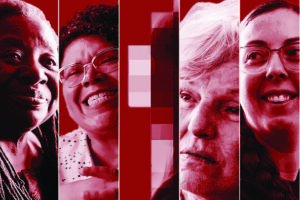


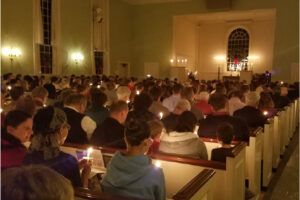


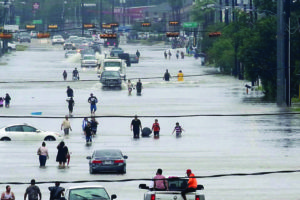











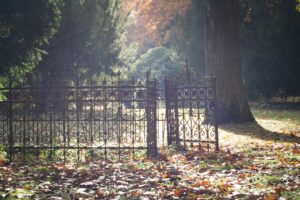



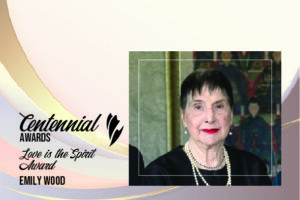
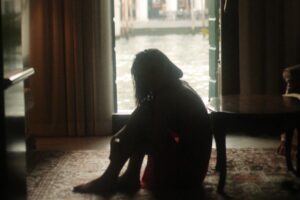




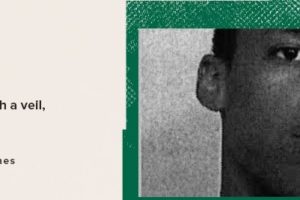

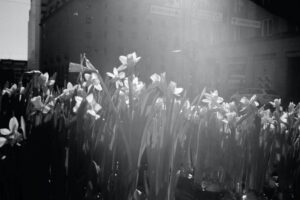
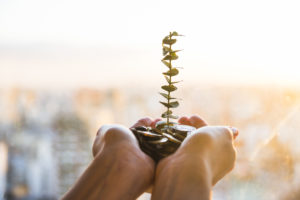
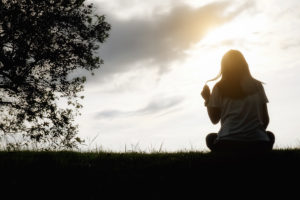

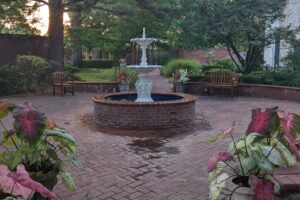
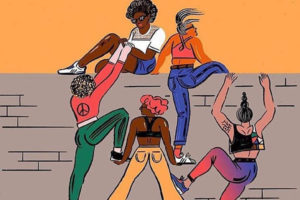
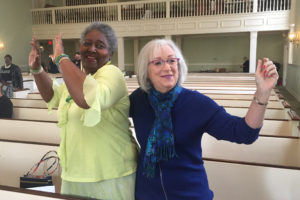
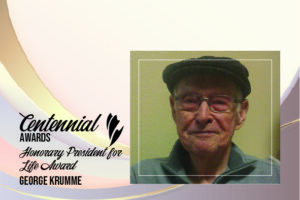


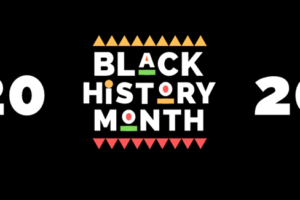




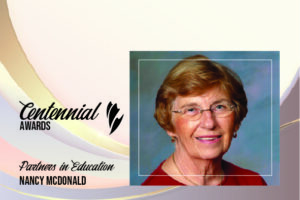





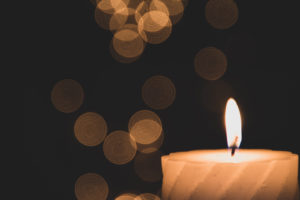


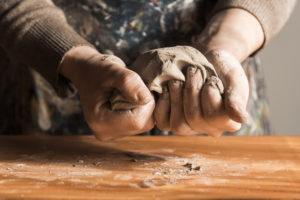
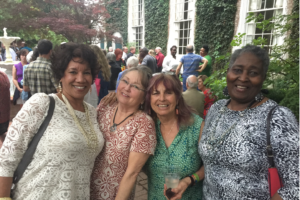
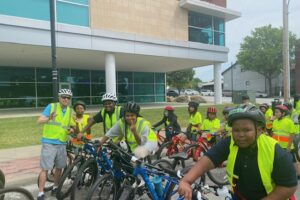

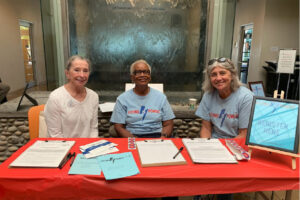
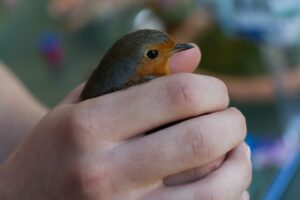
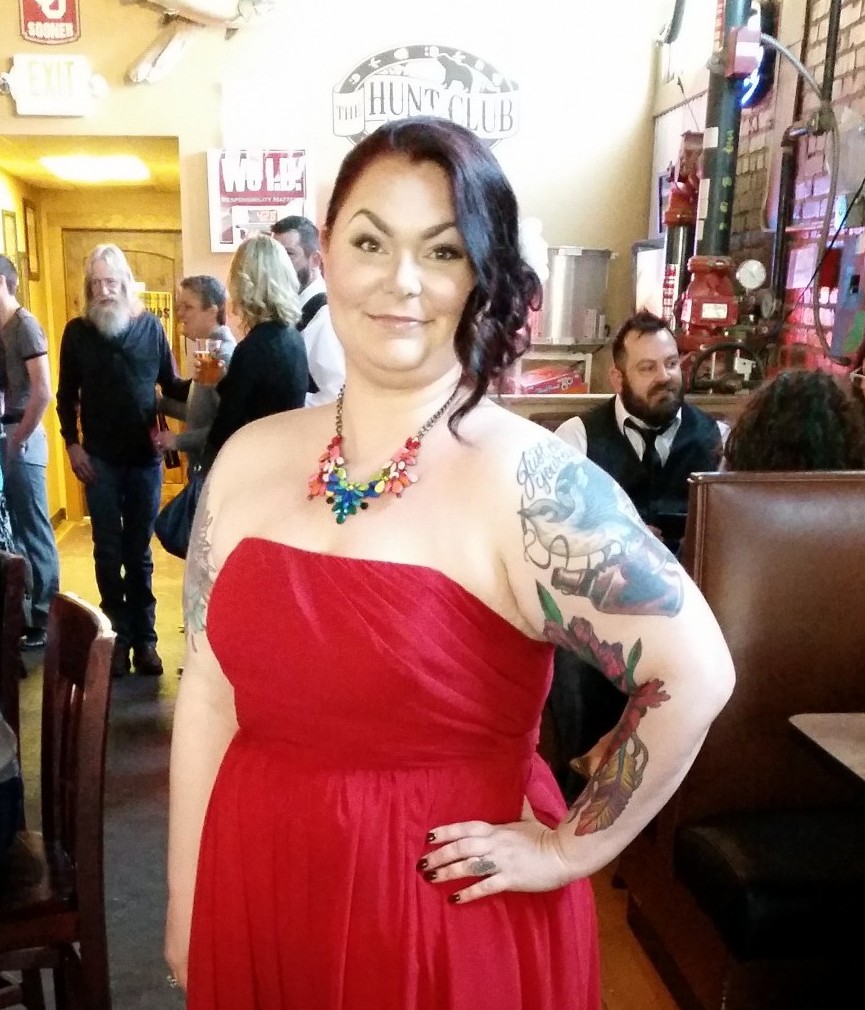


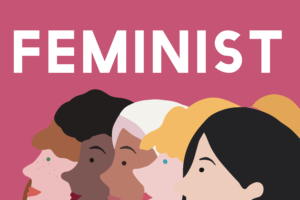

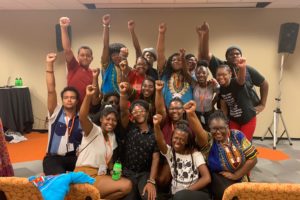
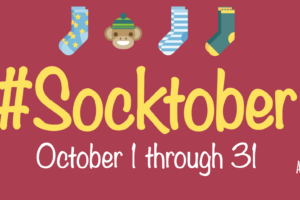

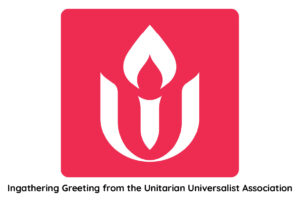



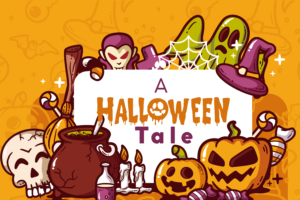
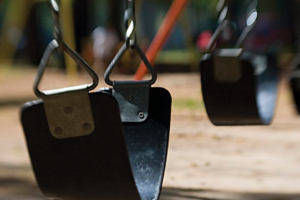

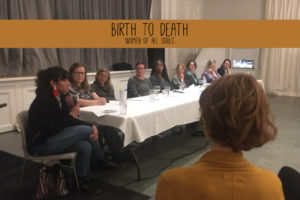
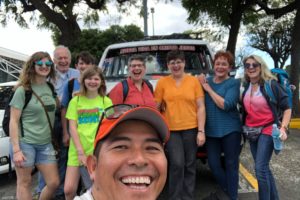
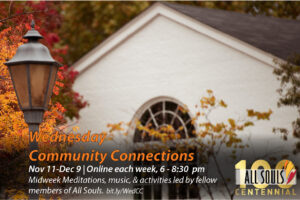
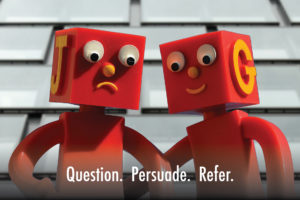

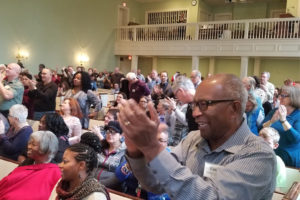

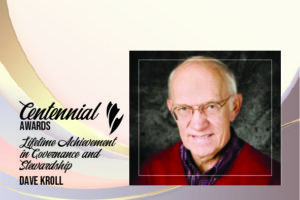
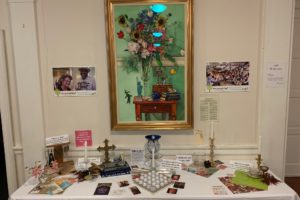
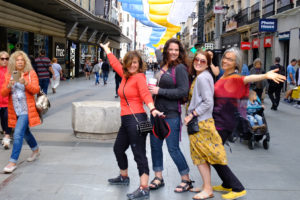





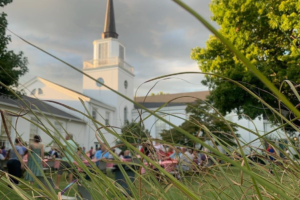
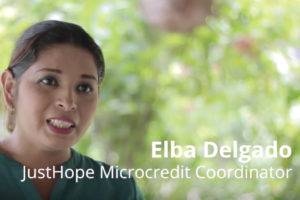

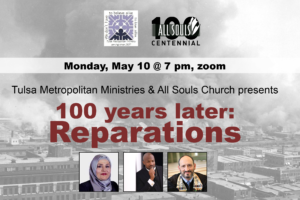
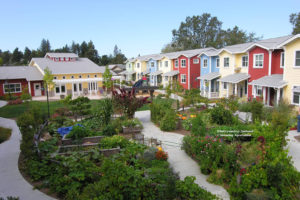
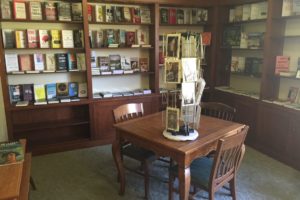







2 Comments
[…] Rev. Barbara Prose and Anitra Lavanhar share their pilgrimage on the Camino de Santiago. […]
[…] Read more from fellow pilgrim Roni Jackons-Kerr in her post, 10 things I learned on the Camino. […]